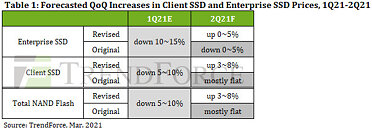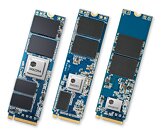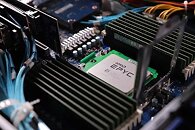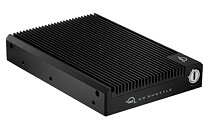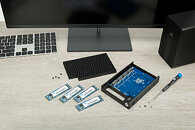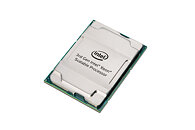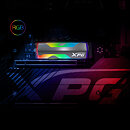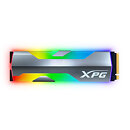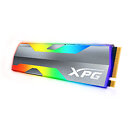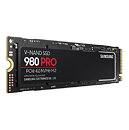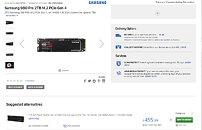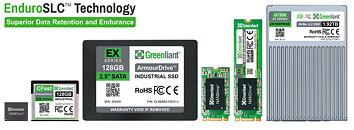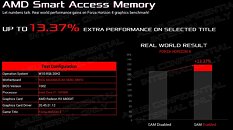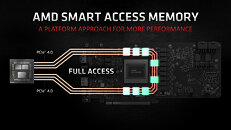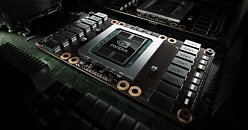Prices of Client SSDs for Notebook Computers to Enter Early Uptrend in 2Q21 with 3-8% Increase QoQ, Says TrendForce
Demand for notebook computers is expected to remain strong throughout 2Q21 due to the persisting stay-at-home economy that arose in the wake of the pandemic, according to TrendForce's latest investigations. In response to the high demand for notebooks, PC OEMs are actively raising a consistent inventory of components, including client SSDs. Nonetheless, client SSDs are now in increasingly tight supply because the preexisting shortage of NAND Flash controllers is now exacerbated by the power outage at Samsung's Austin-based semiconductor plant. SSD manufacturers are therefore preparing to raise the prices of SSDs. Accordingly, TrendForce has also revised up its forecast of client SSD prices for 2Q21 from "mostly flat" to a 3-8% increase QoQ instead.
